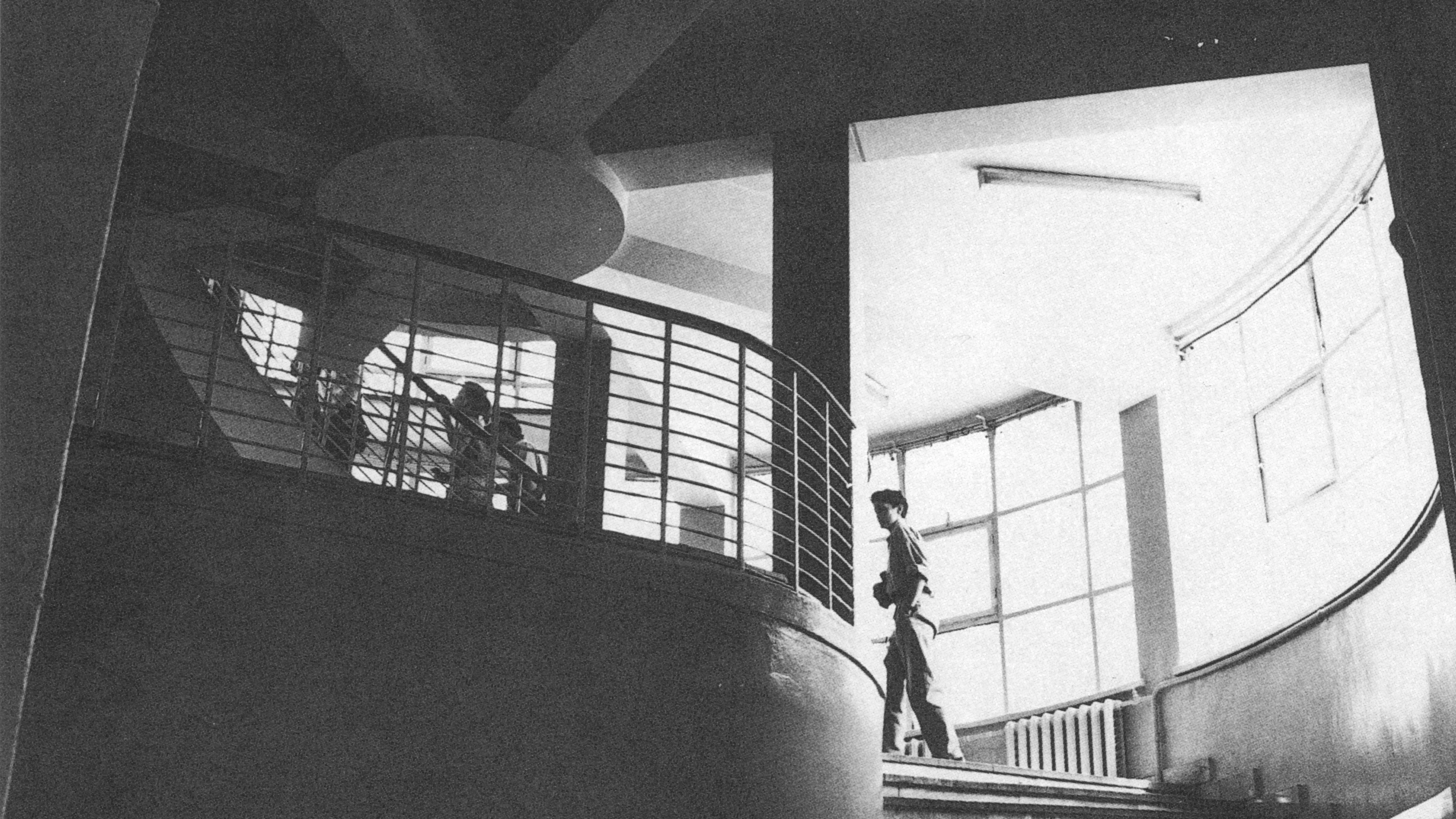
Iliá Golosov, Zuev Club, Moscow, 1927-1929
The many ways of approaching architectural history illustrate, in turn, many factors that are vital to design: client relationships, for example; explicit symbolic systems; the effect of certain legal or economic factors on forms, or of a particular way of life on the layout of interiors. These topics are among the elements of the profession whose investigation - by specialists applying the rigor of their own disciplines - may prove most useful.
Such studies, however, often omit a topic that is most important to the designer's own work: how these different elements can be synthesized in the production of a design. The process of the work and the conceptual models employed in any of its many phases in order to order it depend on the intellectual perception and moral convictions with which the general cultural milieu imbues designers...[+]






